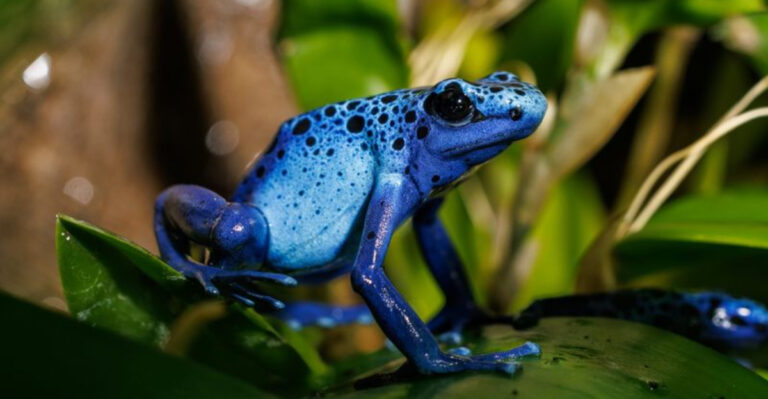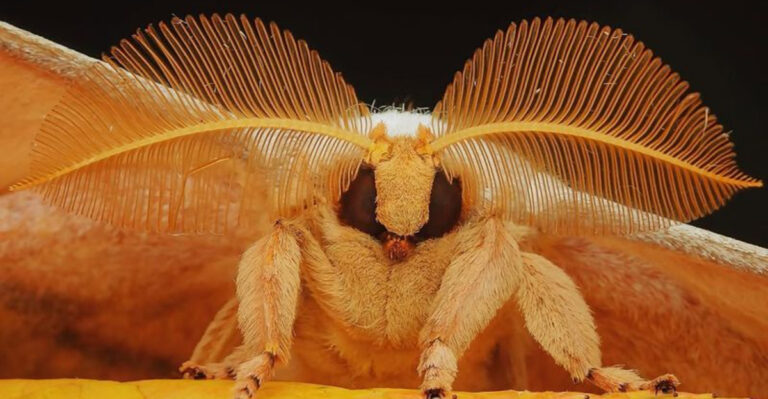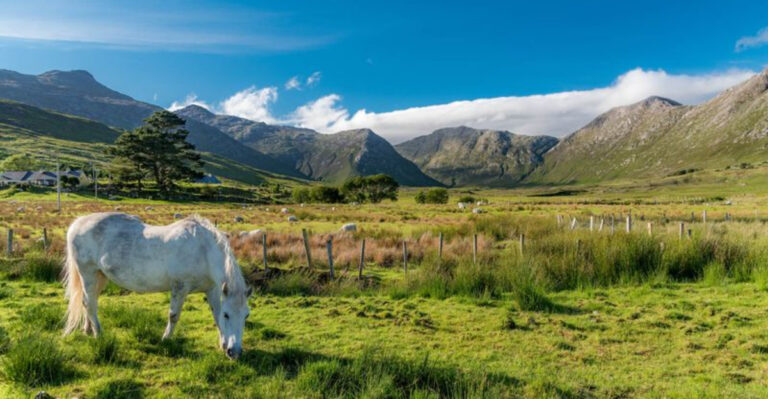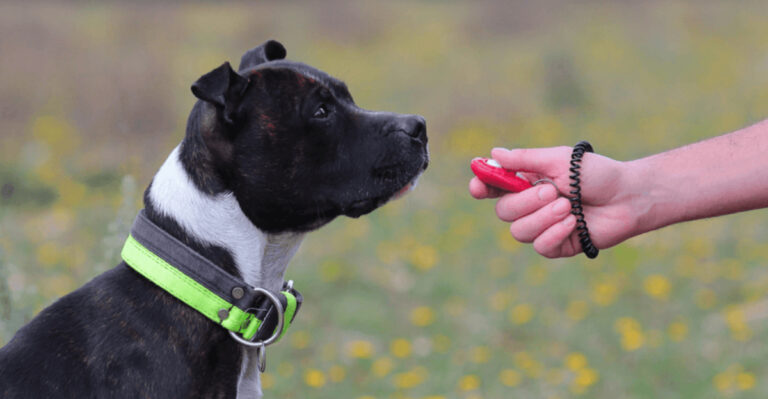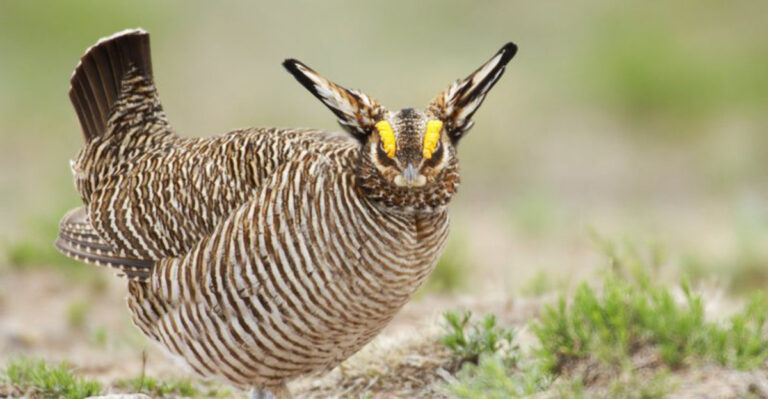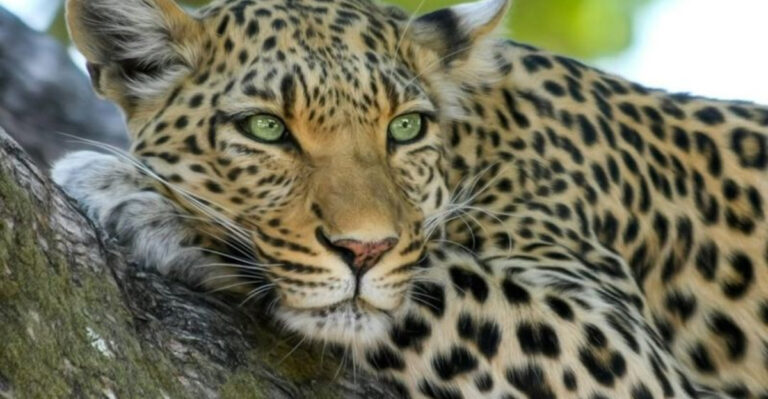The World’s 15 Most Ridiculously Adorable Wild Animals
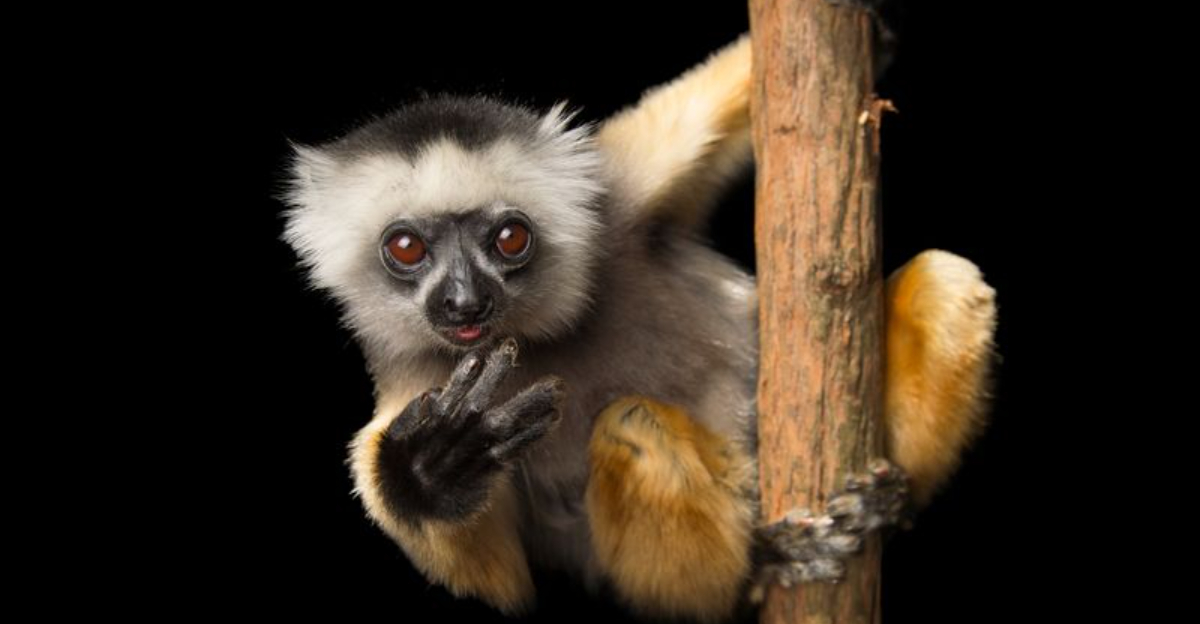
Nature is filled with creatures that can make our hearts melt with a single glance. From tiny mammals with big eyes to fluffy birds, these adorable wild animals are sure to bring a smile to your face.
Join us as we explore some of the most ridiculously adorable animals found in the wild, each with its unique charm and characteristics.
1. Red Panda
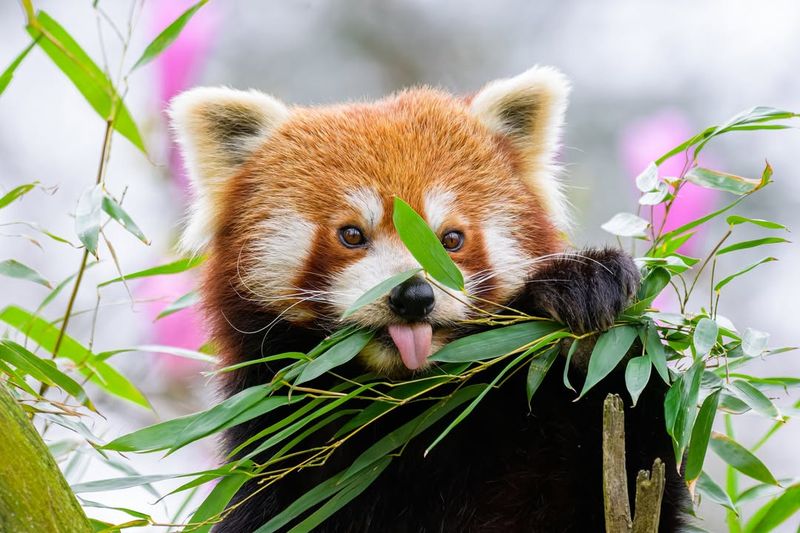
With its fluffy tail and reddish-brown fur, the red panda is a sight to behold in the Himalayan forests. These creatures are known for their playful nature and love of bamboo.
Often found perched on tree branches, they spend most of their time in the treetops, avoiding predators and searching for food.
Their face, adorned with white markings, adds to their cuteness. Although they resemble raccoons, red pandas are unique in their habits and appearance. Despite their name, they aren’t closely related to the giant panda, but they share a similar diet.
2. Quokka
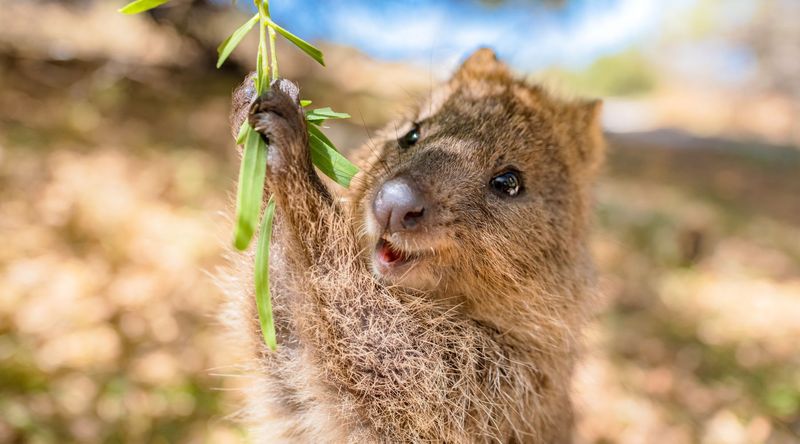
Known as the ‘happiest animal on Earth,’ the quokka’s grin has charmed many visitors to Western Australia’s Rottnest Island. These marsupials are nocturnal, spending their days sleeping in the shade. Their round, chubby cheeks make them particularly endearing, and their friendly demeanor towards humans only adds to their appeal.
Quokkas are herbivores, feeding on a variety of vegetation. As they hop around the island, their playful antics are a joy to watch. Despite their relaxed nature, it’s important not to touch or feed them, as they are wild animals.
3. Fennec Fox
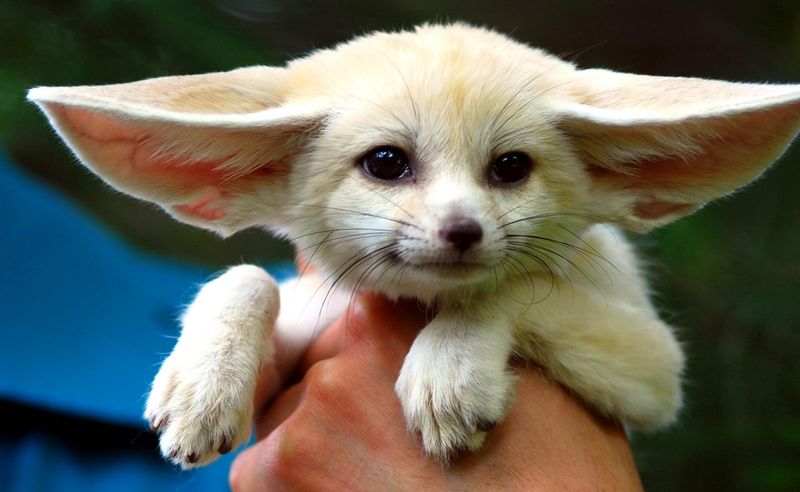
In the vast Sahara Desert, the fennec fox stands out with its oversized ears and sandy fur. These ears are not just for show; they help dissipate heat and locate prey underground. This nocturnal animal is a master of desert survival, hunting insects, small mammals, and birds during the cooler nights.
Its compact size and playful nature make it undeniably cute. Watching a fennec fox leap and pounce is a delightful experience. Despite their small stature, they are fierce predators, embodying the perfect blend of cute and cunning.
4. Axolotl
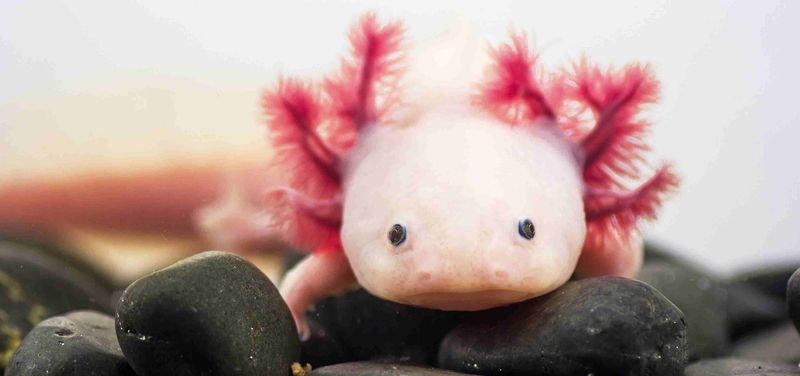
Hailing from the freshwater lakes of Mexico, the axolotl is an aquatic wonder with a perpetual smile. Its frilly gills and pinkish hue make it stand out among amphibians. Unlike most salamanders, the axolotl retains its larval features throughout its life, a phenomenon known as neoteny.
Their ability to regenerate limbs adds to their intrigue. In their natural habitat, they are threatened by pollution and habitat loss. However, their unique appearance and charm have made them popular in the pet trade, raising awareness about their conservation.
5. Koala
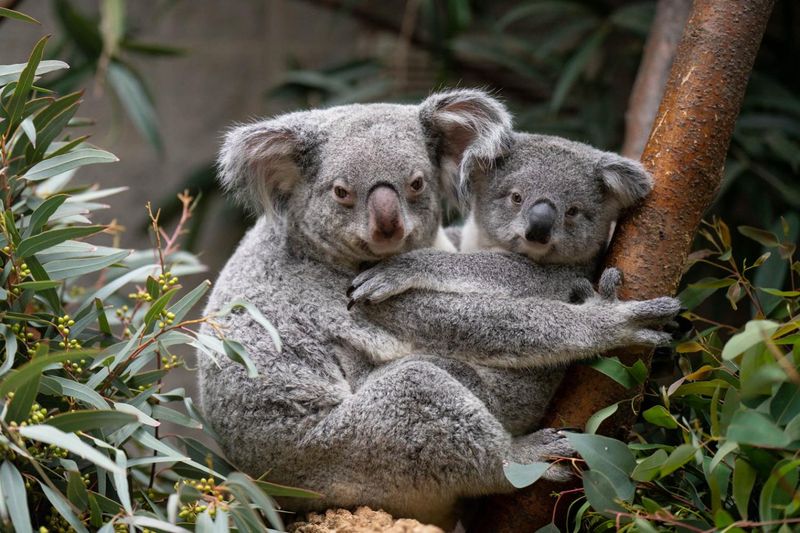
Perched comfortably in eucalyptus trees, koalas spend most of their lives sleeping or eating in the Australian forests. Their fluffy ears and button noses make them irresistibly cute. Despite their appearance, koalas are solitary creatures, interacting mainly during the breeding season.
Their diet consists primarily of eucalyptus leaves, which are low in nutrition. This has led to their slow metabolic rate and long sleeping hours, often up to 18 hours a day. Conservation efforts are crucial as their habitats face threats from deforestation and bushfires.
6. Slow Loris
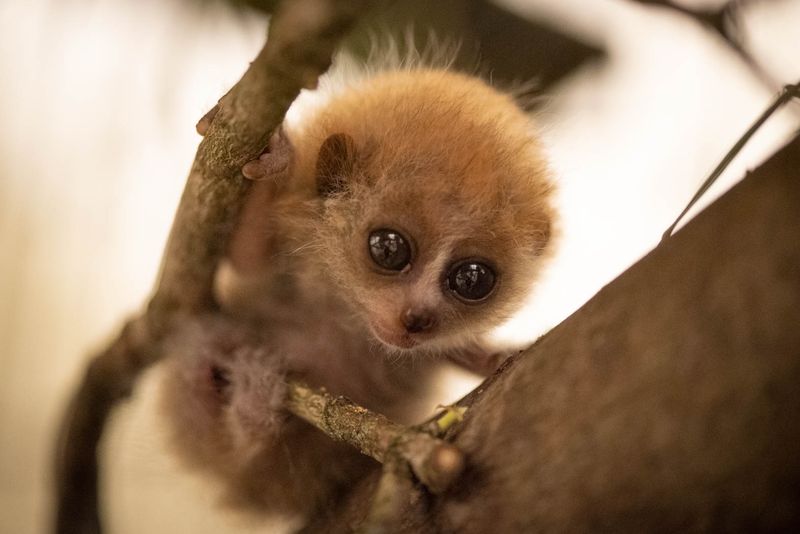
The slow loris, with its large, round eyes, navigates the Southeast Asian rainforests under the cover of night. These primates move deliberately, often pausing to listen for prey. Their big eyes help them see in the dark, and their gentle nature makes them look perpetually curious and adorable.
Interestingly, the slow loris possesses a toxic bite, a rare trait among mammals. Despite their cuteness, they are often victims of the illegal pet trade, which threatens their population in the wild.
7. Bottlenose Dolphin
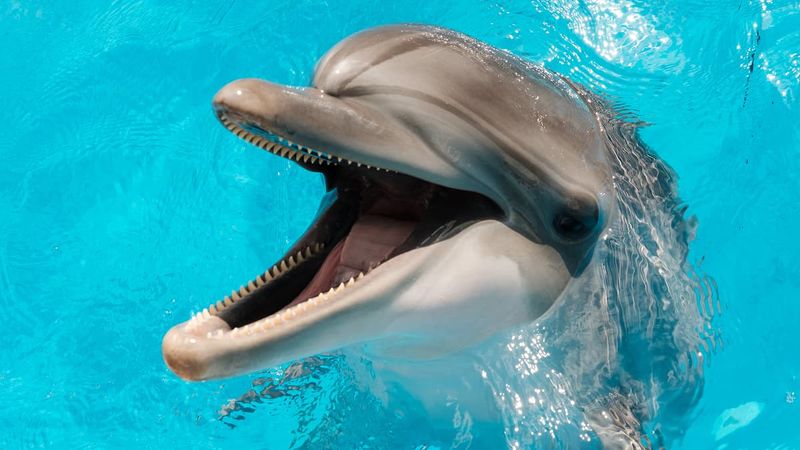
Gliding gracefully through ocean waves, the bottlenose dolphin is a beacon of intelligence and playfulness in the marine world. Known for their social nature, these dolphins often travel in pods.
Their sleek bodies and friendly expressions make them popular among humans, and they are often seen leaping out of the water.
Communication is key for dolphins, using clicks and whistles to interact. Despite their playful appearance, they are skilled hunters, using echolocation to track prey. Conservation efforts help protect them from threats like pollution and fishing nets.
8. Pygmy Possum
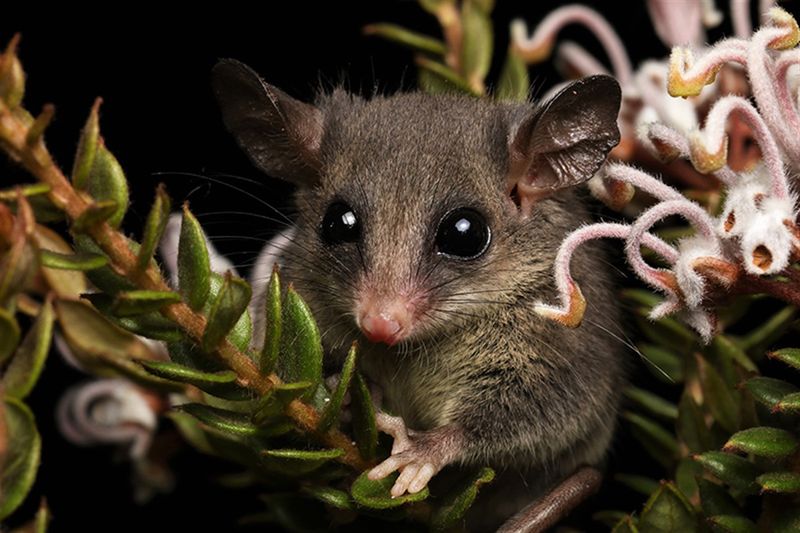
In the Australian bush, the pygmy possum thrives, clinging to flowering eucalyptus branches. These tiny marsupials are nocturnal and elusive, making sightings a rare treat. Their small size and delicate features, including a long prehensile tail, make them particularly adorable.
These tails help them navigate their arboreal habitat. Their diet consists mainly of nectar and pollen, and they play a vital role in pollination. As their habitats face destruction, conservation efforts are essential to ensure their survival and the health of their ecosystems.
9. Sea Otter
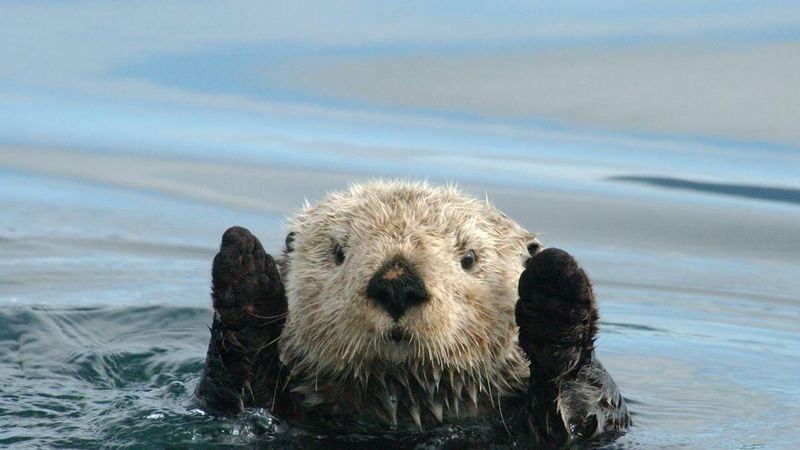
Floating in the kelp forests along the Pacific coast, sea otters are masters of cuteness and practicality. Their dense fur keeps them warm in cold waters, making them appear fluffy. These marine mammals are often seen using rocks as tools to crack open shellfish, a behavior that endears them to observers.
Sea otters play a crucial role in maintaining the balance of kelp ecosystems by controlling sea urchin populations. Conservation efforts have helped revive their numbers, but they still face threats from oil spills and habitat destruction.
10. Wallaby
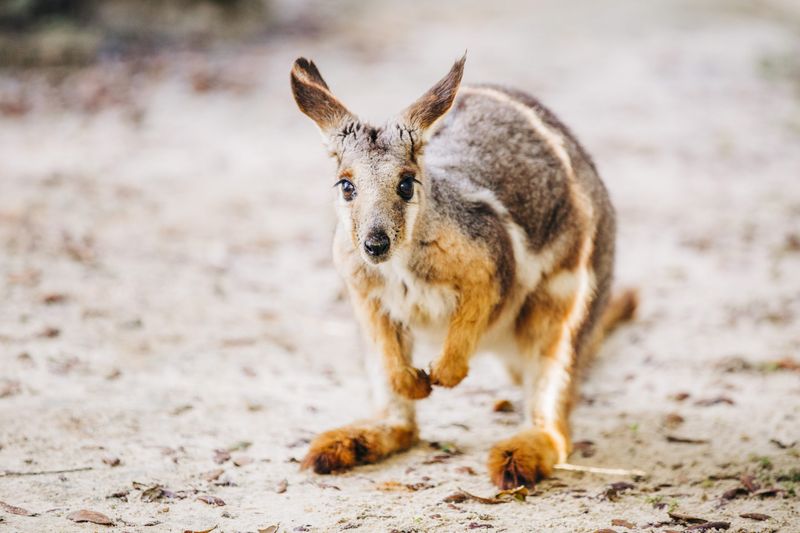
In the rugged landscapes of Australia, wallabies hop gracefully, showcasing their agile movements and soft fur. These marsupials are smaller relatives of kangaroos, known for their strong hind legs. Their gentle demeanor and curious nature make encounters delightful.
Wallabies are herbivorous, feeding on grasses and leaves. Their ability to adapt to various habitats, from forests to grasslands, is remarkable. Conservation efforts are ongoing to protect their habitats from human encroachment and environmental threats.
11. Snowy Owl
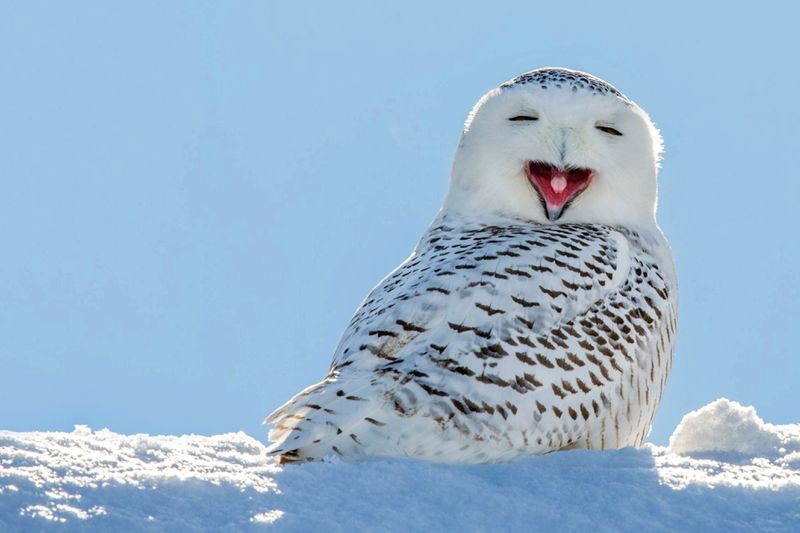
In the icy expanses of the Arctic tundra, the snowy owl reigns with its majestic presence and stunning white plumage. These birds are expertly adapted to cold environments. Their piercing yellow eyes and ability to fly silently make them formidable hunters of the Arctic skies.
Snowy owls primarily hunt lemmings and other small mammals, contributing to controlling these populations. Climate change poses significant threats to their habitats, making conservation efforts vital for their future.
12. Sifaka
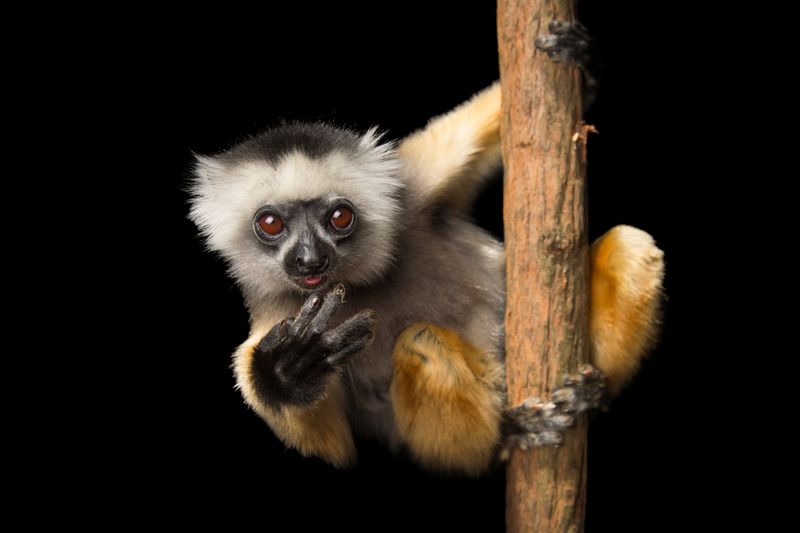
Leaping through the rainforests of Madagascar, the sifaka is an acrobat among lemurs. Their long limbs and black-and-white fur make them visually striking. These primates are known for their unique mode of locomotion, moving sideways with a graceful, leaping gait.
Sifakas live in social groups and communicate using a series of calls. Habitat destruction and hunting pose threats to their populations, making conservation crucial. Their playful antics and engaging behavior make them a joy to watch in their natural environment.
13. Pika
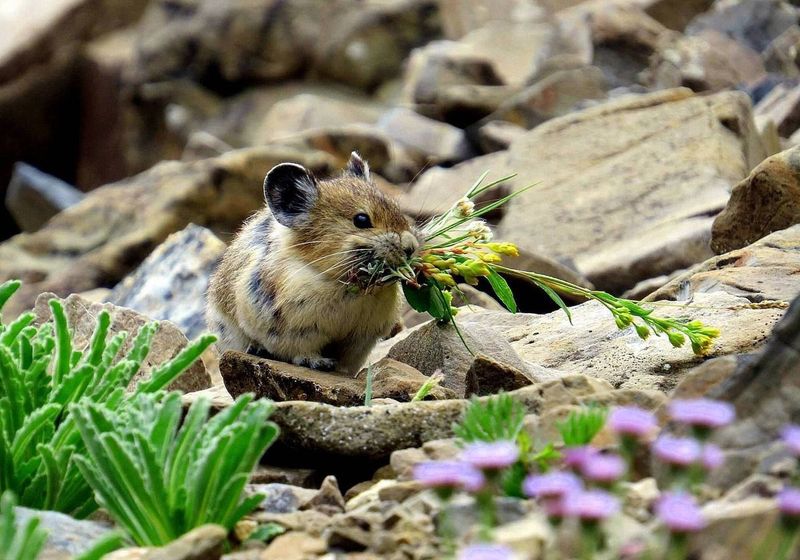
In the high-altitude environments of mountains, the pika scurries among rocks, collecting vegetation for winter. These small mammals are known for their round bodies and small ears. Their cute, squeaky calls can often be heard echoing across the slopes.
Despite their size, pikas are diligent workers, gathering and storing food. Climate change threatens their habitats, raising concerns for their future. Observing their industrious nature is both heartwarming and inspiring, highlighting the delicate balance of mountain ecosystems.
14. Chinchilla
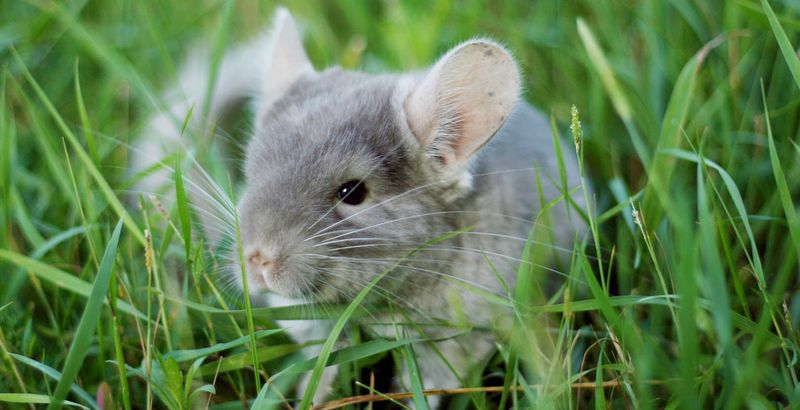
High in the Andes Mountains, the chinchilla roams with its unbelievably soft fur. These rodents are well-adapted to harsh, rocky terrains, often seen sitting on outcrops. Their thick fur helps them survive cold nights, but it has also made them targets for the fur trade, threatening their populations.
Chinchillas are social creatures, living in colonies and communicating through various sounds. Conservation efforts focus on preserving their natural habitats and curbing illegal poaching. Their playful demeanor and soft appearance continue to capture the hearts of many.
15. Resplendent Quetzal
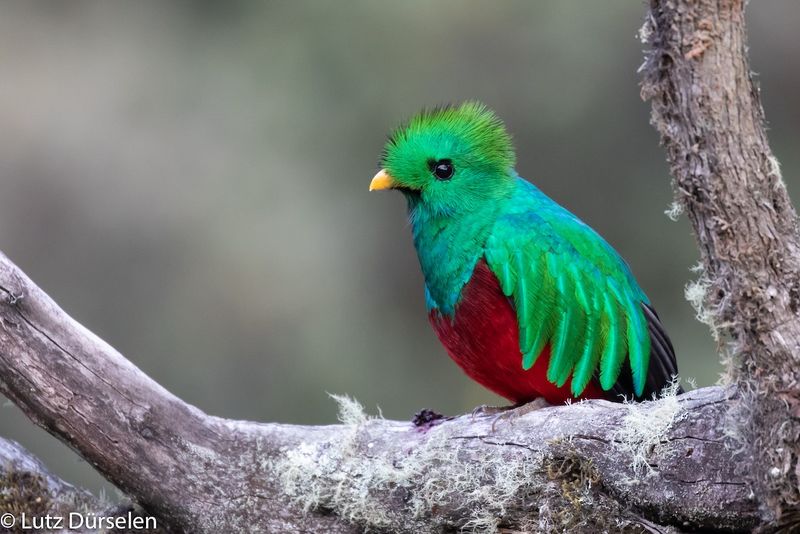
Amidst the cloud forests of Central America, the resplendent quetzal shines with its vibrant green plumage. These birds are considered symbols of freedom and beauty in many cultures. Their long tail feathers and iridescent colors make them a spectacle to behold.
Quetzals are frugivores, feeding primarily on fruits and playing a role in seed dispersal. Their habitats are threatened by deforestation, posing challenges for their survival. Observing a quetzal in the wild is a magical experience, leaving a lasting impression on those lucky enough to see one.

